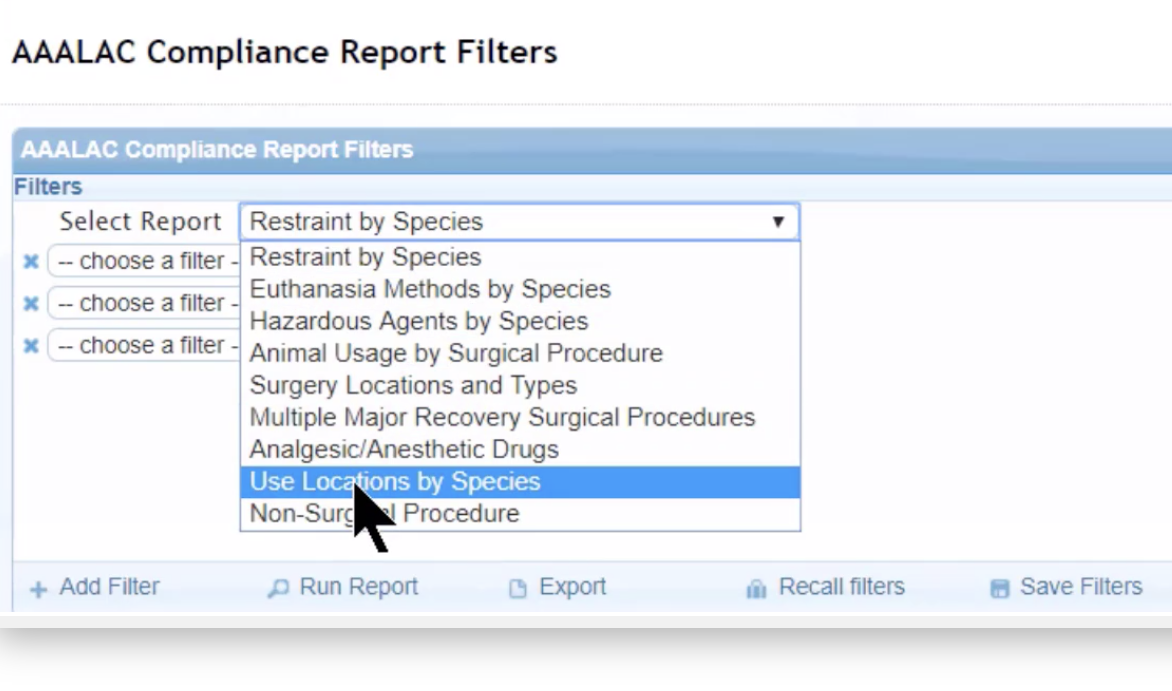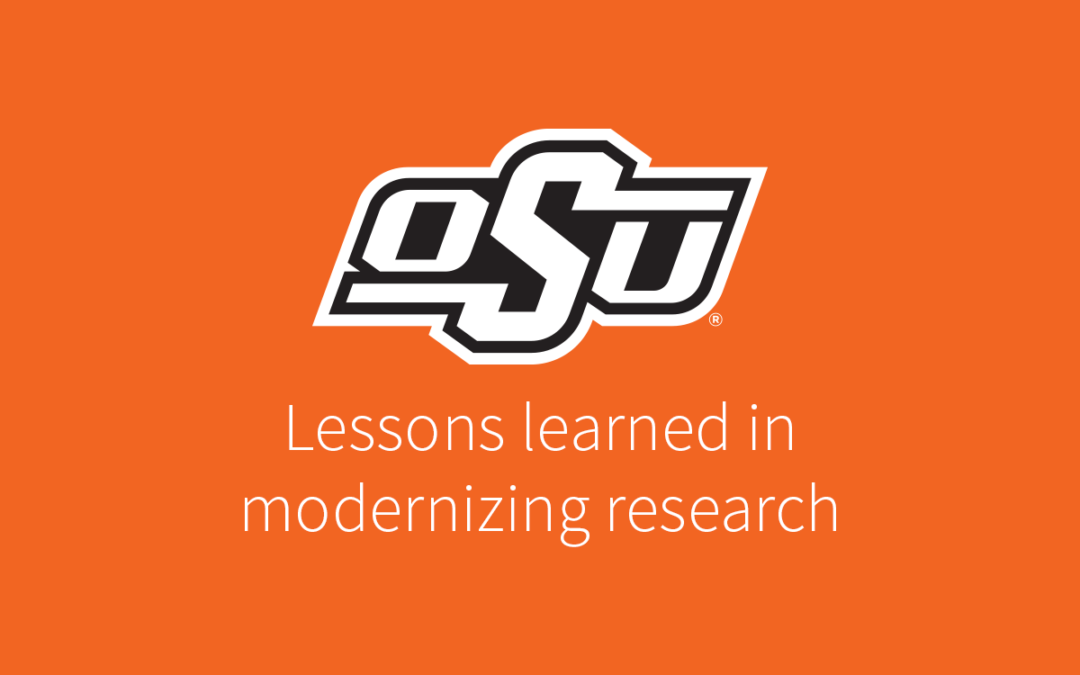Guest post by Daniel Marangoni, Director of Research Operations, Oklahoma State University’s Center for Health Sciences
The Center for Health Sciences is a medical school in Tulsa, Oklahoma, that’s part of the OSU system but its own distinct entity, with clinical research trials and a total research portfolio of $100 million. But for such a sizable organization, we still needed to modernize.
That’s why Oklahoma State University’s Center for Health Sciences embarked on a journey to find a comprehensive pre- and post-award software platform (and ultimately chose Cayuse). Here’s a bit about our journey and thought process, which I hope will help those of you at other institutions and organizations who might be realizing you’re spending too much time on manual processes, too.
Too much paper, too much time
To be blunt, our system was completely paper-based and outdated. OSU Center for Health Sciences has had to physically mail all award documents, approvals, change requests, and other related items to the OSU main campus (60 miles away). Currently, digital versions proposals are not part of process. For example, we had to physically print and mail a 450-page proposal that got funded.
And while many aspects of research administration can be handled remotely during COVID-19, unfortunately this paper-based processed has forced research administration staff to regularly come into the office to print and mail items, with the average time for documents to arrive at the main campus during COVID-19 being 7-10 days. While being completely paper-based may have been challenging in the past, we had definitely been feeling even more strain as of late with so much manual effort involved at almost every step.
Before we started looking for a comprehensive electronic research administration solution, we also had to generate reports completely by hand, and our animal research facilities still had clipboards on the outside of rooms. And the research suggests we aren’t alone in spending too much time on manual processes and paperwork. According to a 2018 FDP study, 44.3% of researcher time is now lost to administrative burden, and it’s even higher for research with human and animal research. That’s a lot of time that research teams could be spending on science instead of forms, and we wanted to empower them by freeing up as much of that time as possible.
Too many places to look
We also struggled with version control challenges. We start all new proposals from scratch each time, and each project usually has its own Dropbox for files. People email the files back and forth to each other for changes, but meanwhile, other people are editing an outdated version from the Dropbox! On top of that, everyone isn’t exactly sure who should be doing what during the process, so we needed better standardization across most of our processes and procedures.
A related challenge is that we have multiple logins to access Ellucian Banner and an inconsistent ability to grant permissions. Rather than people needing to check multiple files, documents, and URLs, we needed a single centralized place for information. Whatever research administration software platform we ultimately chose, I wanted to make sure we could access our Banner data: financials, payroll, and so forth.
Ideally, I was looking for a system that could give us a full picture of a grant in one place: fund balance, payroll data, time, effort, everything. Our old processes just weren’t meeting our needs. We wanted to do things in a consistent, meaningful way, so something had to change.
Searching for a modern, cloud-based solution
I knew about Cayuse and its positive impact from some of our leadership who were previously at an institution. Before Cayuse, they had a vendor that was years behind schedule and hundreds of thousands of dollars over budget, which is obviously something you want to avoid. I also knew we wanted a platform that was flexible but didn’t need to be customized, since that’s when you can run into problems with software breaking down the line when you need updates.
With a fairly good idea of what we wanted, we put together an RFP for vendors including Cayuse, InfoEd, Kuali, and a few others. It was time to see what was out there.
Our decision-making process
The RFP process was very revealing. We looked at several options and ended up spending the most time with our two finalists, Cayuse and InfoEd. For us, a platform approach was important, where the different pre-award, post-award, compliance, and vivarium operations apps were all connected and already being used by other customers. As we did in-depth vendor reviews, it turned out that Cayuse was the only one that met our needs and standards out of the box. For example, only Cayuse had an effort product ready, as opposed to getting a promise of having it built just for us. We wanted to avoid that if possible, as we knew it could lead to too many unknowns in getting our new system live.

As I mentioned before, Banner integration was another thing I was keeping an eye out for. We implemented Banner quite a few years ago, and it’s not going away anytime soon, so we paid attention during the RFP process as to who was familiar doing Banner integrations. The project team all felt that the Cayuse integration with Banner was far above any other vendor, including our other finalist.
Ultimately, we were not looking for a vendor to come in and just customize a solution around our processes, because many of those needed to be updated. We wanted to get a product from someone who’s already really good at what they’re doing. And I think that’s what we saw with Cayuse, a cloud-based connected platform that would mean less IT resources to maintain along with proven market use and success.
At the end of the day, Cayuse seemed like the best fit for our needs. It doesn’t hurt that the look and feel are appealing, and the software is easy to use while being able to support both human and animal research. I’m looking forward to seeing how Cayuse’s connected system can support our researchers, and I’m happy to share more about my experience with any of you who are looking for a software platform, too.


